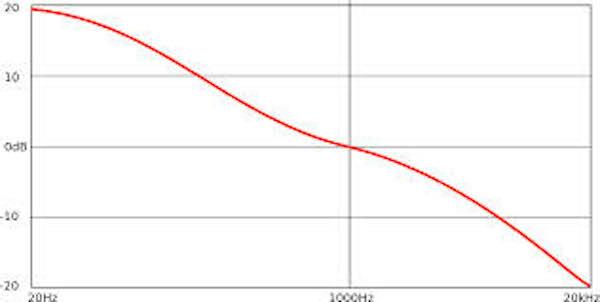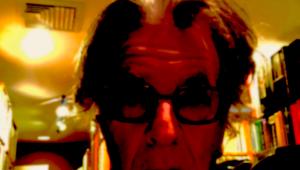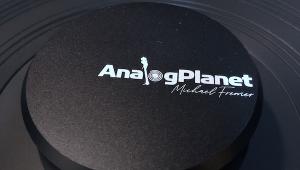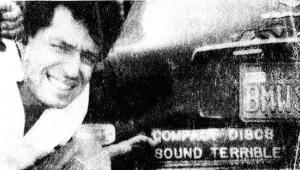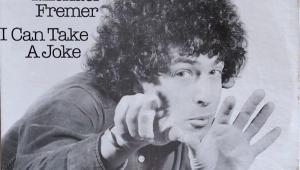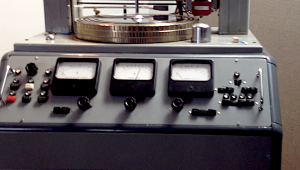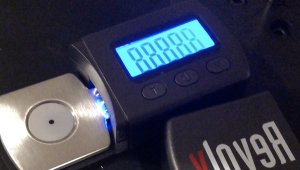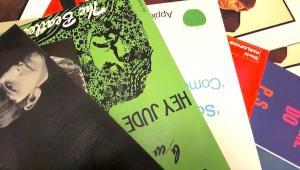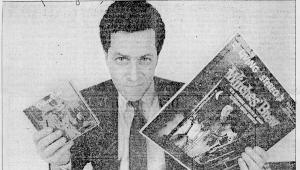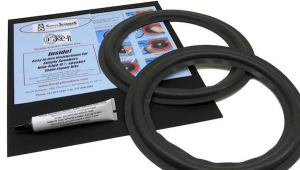it's u-l-t-r-a. My bologna has a second name, it's a-u-d-i-o.
The review of the Zanden phono preamp in question mentions that the designer, Kazutoshi Yamada, has "conducted extensive additional research, gathering documents, speaking with experts..." about EQ curves.
Although your research appears to be quite definitive, maybe Yamada would be willing to disclose the names of the "experts" he consulted and share those documents with you so that you can compare notes and either verify or disprove his sources of information.
